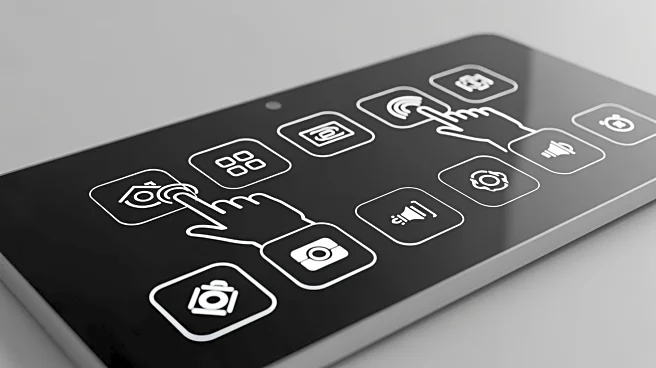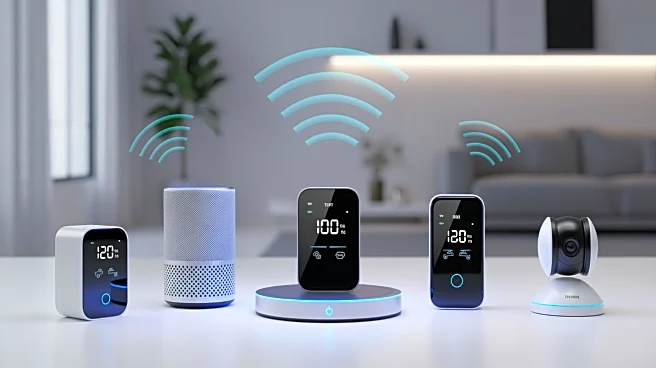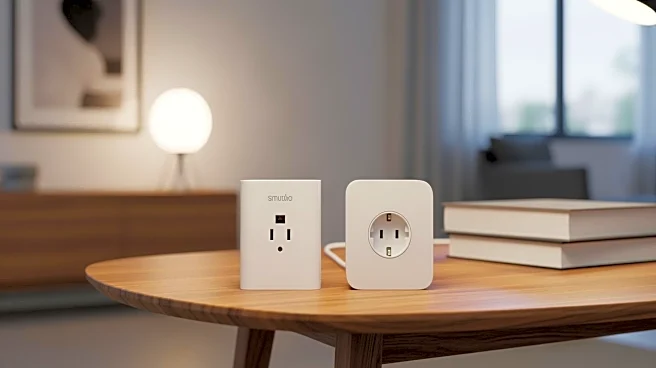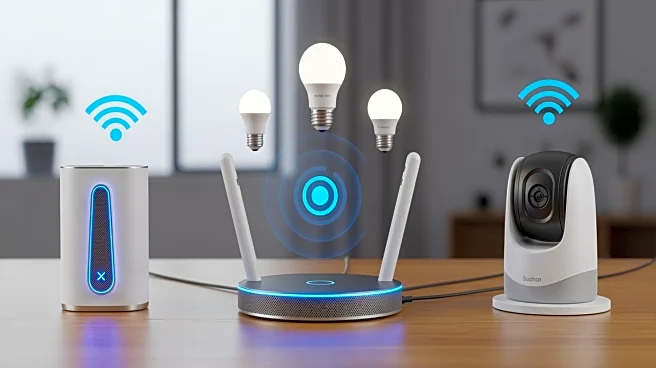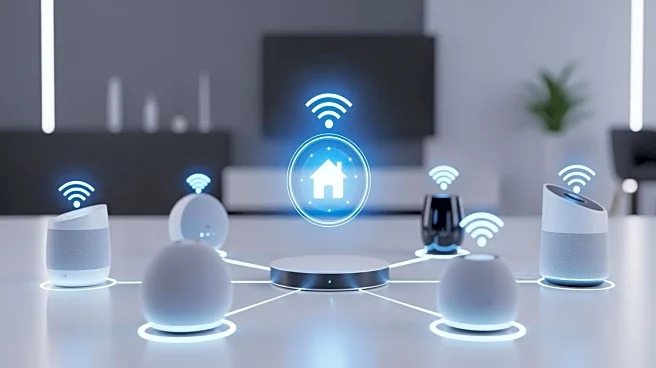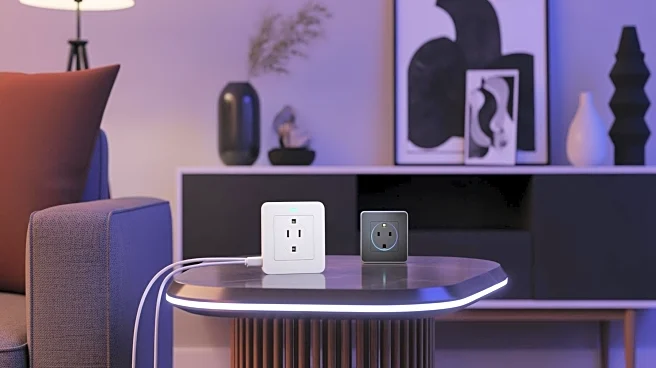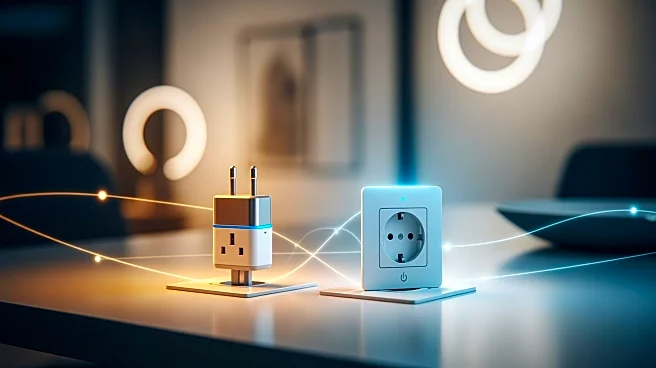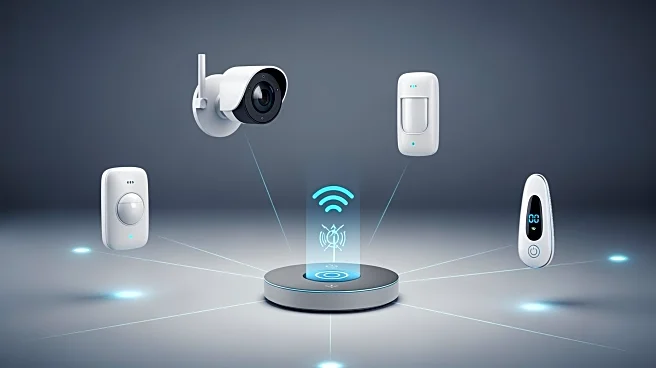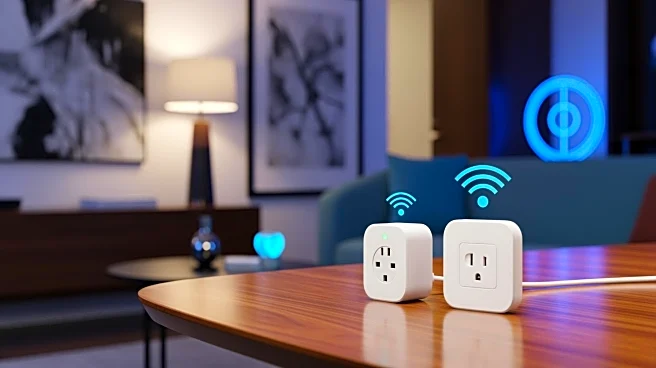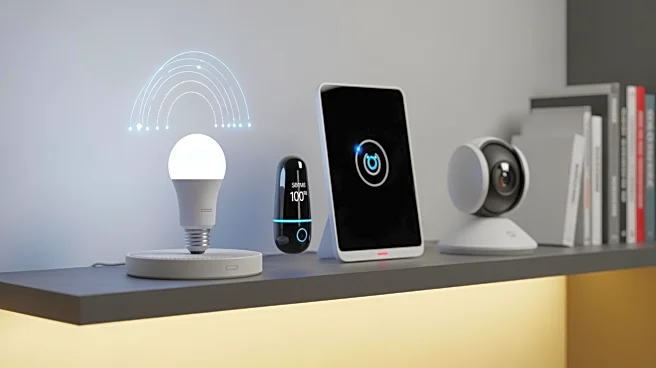What's Happening?
Integrated Media Systems discusses the concept of smart home integration, which involves merging various smart devices into a cohesive ecosystem. This integration allows devices like smart thermostats, lighting systems, and security cameras to communicate
and work together, providing enhanced control, convenience, and efficiency. The article highlights the benefits of smart home integration, such as increased convenience, energy efficiency, and enhanced security. It also addresses challenges like device compatibility and network reliability, emphasizing the importance of standards like Zigbee and Z-Wave.
Why It's Important?
Smart home integration is significant as it enhances the quality of life by automating everyday tasks, optimizing energy use, and improving security. This integration can lead to substantial savings on energy bills and a reduced environmental footprint. As more homeowners adopt smart home technologies, the demand for compatible and reliable systems grows, driving innovation in the industry. The integration of smart devices also represents a shift towards more sustainable living, as energy-efficient systems become more prevalent.
What's Next?
The future of smart home integration involves overcoming compatibility challenges and ensuring network reliability. As technology advances, more devices will be designed to work seamlessly together, supported by standards like Zigbee and Z-Wave. Homeowners can expect more sophisticated automation routines and enhanced security features, making smart homes more efficient and secure. The industry will continue to evolve, with new products and services emerging to meet the growing demand for smart home solutions.
Beyond the Headlines
The ethical and privacy implications of smart home integration are significant. As smart homes collect and transmit data, ensuring this information is secure from cyber threats is paramount. Homeowners must take steps to protect their network and devices, such as using strong passwords and enabling encryption. The integration of smart devices also raises questions about data ownership and the potential for surveillance, highlighting the need for transparent privacy policies and user control over personal data.
